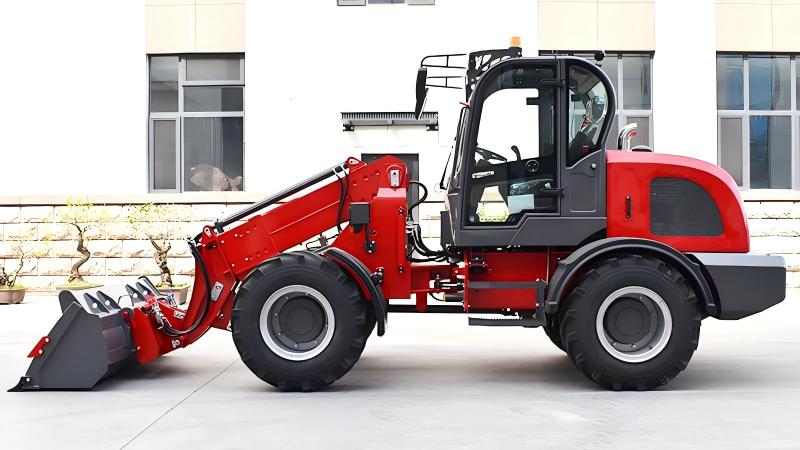The choice between a hydrostatic transmission and a traditional torque converter powertrain in a telescopic handler extends far beyond mere performance characteristics, deeply influencing long-term maintenance schedules, operational reliability, and the total cost of ownership. For fleet managers and equipment owners, understanding the fundamental mechanical differences is crucial for making an informed capital investment. A torque converter system, which uses a fluid coupling to transfer engine power to a geared transmission, is a well-established technology known for its robustness in high-traction, high-load applications. In contrast, a hydrostatic transmission (HST) replaces the mechanical gears with a system of hydraulic pumps and motors, using pressurized fluid to transmit power and provide infinite speed control. This core distinction in power transfer methodology sets the stage for vastly different maintenance profiles, impacting everything from fluid and filter changes to the complexity and frequency of major overhauls, ultimately defining the machine's operational uptime and lifetime expenses.
When examining routine maintenance, the hydrostatic system often presents a more streamlined, albeit potentially more sensitive, regimen. The primary maintenance tasks revolve around the hydraulic system: ensuring the cleanliness and integrity of the hydraulic fluid, and regularly replacing the main hydraulic and charge pressure filters. Because the hydrostatic system has fewer rotating mechanical parts like complex gear sets and clutches found in a torque converter transmission, there are fewer components subject to mechanical wear and tear, which can lead to longer intervals between major services under ideal conditions. However, this advantage is heavily contingent on impeccable fluid cleanliness; any contamination in the hydrostatic system can cause rapid and severe damage to the precision-matched components of the pump and motor, leading to costly repairs. The torque converter system, while generally more forgiving of minor fluid contamination, requires dedicated maintenance of its transmission fluid, filters, and often has more frequent service intervals for its multiple gears and clutches, which are prone to wear from shifting and engagement forces.
The long-term reliability and major repair scenarios for each system reveal their inherent strengths and weaknesses. A well-maintained hydrostatic transmission is renowned for its exceptional durability and smooth operation, with the absence of gear shifts reducing shock loads throughout the entire drivetrain, which can prolong the life of axles, differentials, and even the chassis. Major failures, when they occur, are typically related to the hydrostatic pump or motor and require specialized knowledge and tools for diagnosis and repair, often making them more expensive to fix on a per-event basis but potentially less frequent. Conversely, the torque converter transmission, with its multitude of gears, bearings, seals, and clutches, has a broader range of components that can fail over time. Common issues include torque converter lock-up clutch wear, transmission solenoid failures, and wear on specific gear sets. While many mechanics are familiar with this technology, and repairs can sometimes be more modular, the likelihood of requiring a transmission rebuild over the machine's lifespan is statistically higher, representing a significant, though often predictable, maintenance event.
Ultimately, the decision hinges on a comprehensive evaluation of the application's specific demands and the owner's maintenance philosophy, directly impacting the total cost of ownership. The hydrostatic transmission offers the benefit of superior tractive effort, infinitely variable control, and potentially lower long-term wear on drivetrain components, which appeals to operations prioritizing smooth, precise material handling and those with the discipline for rigorous fluid maintenance protocols. Its higher initial repair costs are often offset by greater overall machine uptime and longevity. The torque converter system, prized for its raw power transfer and high travel speeds, may incur more frequent, though often less catastrophic, maintenance events related to its mechanical components. For operations where speed and brute force are paramount and where maintenance is performed on strict, traditional intervals, the torque converter remains a valid and dependable choice. Therefore, the maintenance benefit is not an absolute but a relative calculation, where the hydrostatic system promises lower mechanical complexity and drivetrain shock in exchange for meticulous fluid care, while the torque converter offers proven, serviceable technology at the cost of maintaining a more complex mechanical assembly.
Post time:Nov.24.2025



